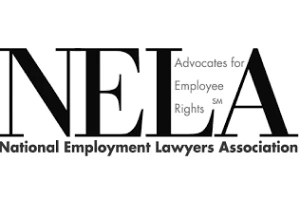for Workers
Mediation in Employment Cases
One of the most valuable tools for settling a case is mediation. Mediation is an informal, day-long (or more) resolution process in which you and your lawyer are placed in one conference room and the company’s representatives and its lawyer are placed in another. Your lawyer will prepare a mediation statement beforehand. The mediation statement outlines the facts of your case, how your legal rights were violated, and how much money your case may be worth.
See also: How Much Is My Case Worth.
A neutral third party called a mediator is hired to go between conference rooms with settlement numbers, and often he or she explains each side’s version of the facts and applicability of relevant law. The mediator has no dog in the fight except that he or she personally knows the risks of litigation. The mediator likely has significant employment litigation experience and can help you and your lawyer objectively assess the strengths and weaknesses of your claims.
All cases have strength and weaknesses and they are settled based on risk. Good mediators know this. He or she will go back and forth explaining the other side’s positions. In many ways mediation is a fact finding process that allows each side to get a better grasp of the other’s legal arguments and trial strategy.
If mediation negotiations stall and the parties have not come to a resolution, the mediator may offer what is called a “mediator’s proposal” or “mediator’s bracket.” A mediator’s proposal is just that: a proposed settlement number that falls somewhere in the middle of the parties’ positions that, based on the mediator’s experience and the parties’ positions, the mediator believes may be mutually acceptable. A mediator’s bracket is similar but consists of a monetary range (e.g., $45,000 – $85,000) within which the parties can agree to negotiate.
If the case is settled, each party signs a so-called term sheet that lays out the basic terms of the settlement. Items often accounted for in a term sheet are the amount of monetary payment, confidentiality, and a neutral job reference. Later, your lawyer and the company’s lawyer hash out the full details of the agreement in the form of a settlement agreement (using the agreed-upon term sheet as the foundation). Payment is usually provided for within 30 days after you sign the settlement agreement (plus a 7 day revocation period for those over 40 years of age to comply with the ADEA/OWBPA’s age discrimination waiver requirements).



























